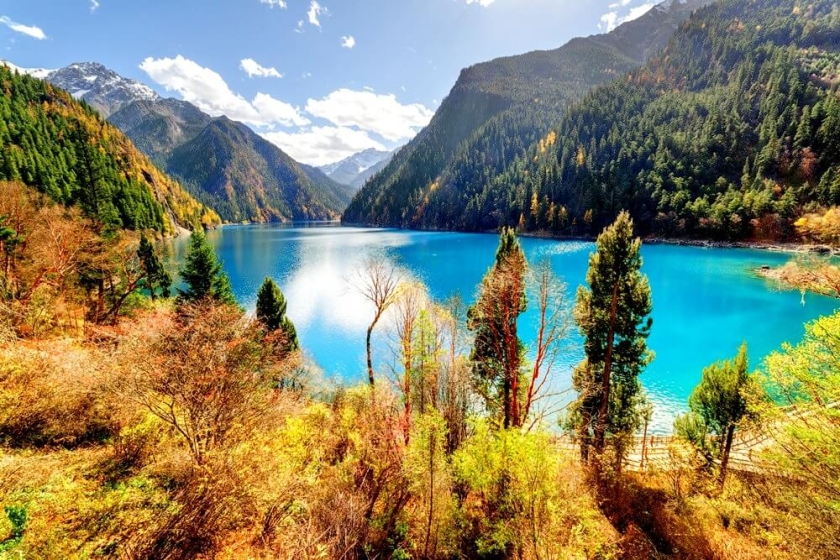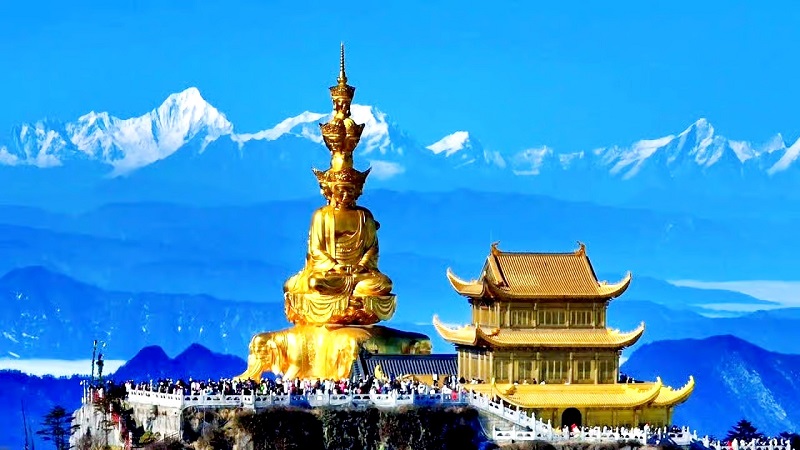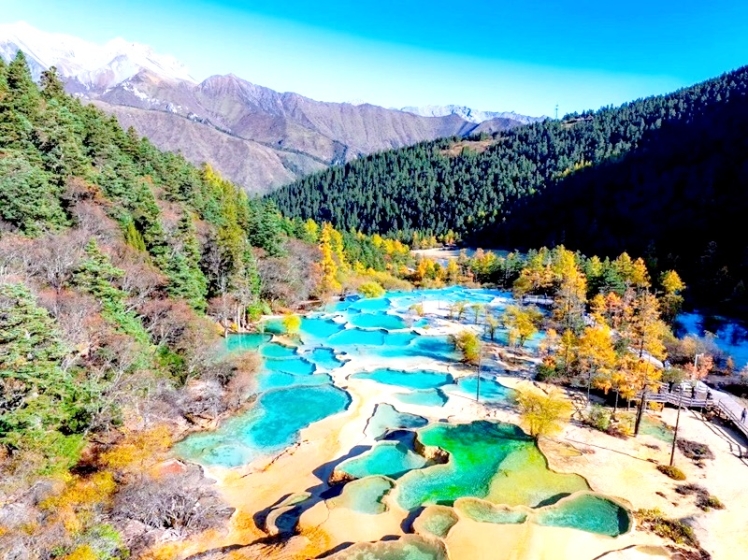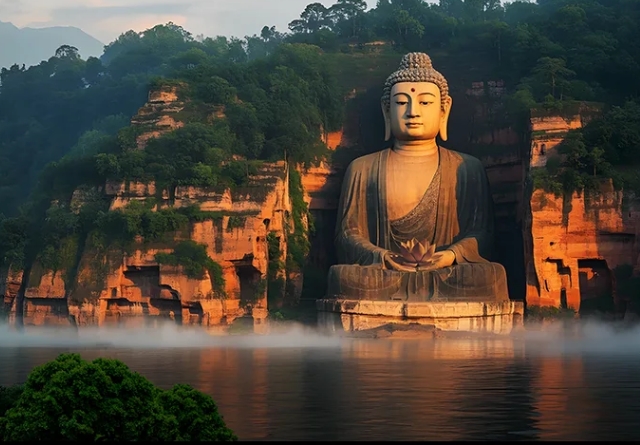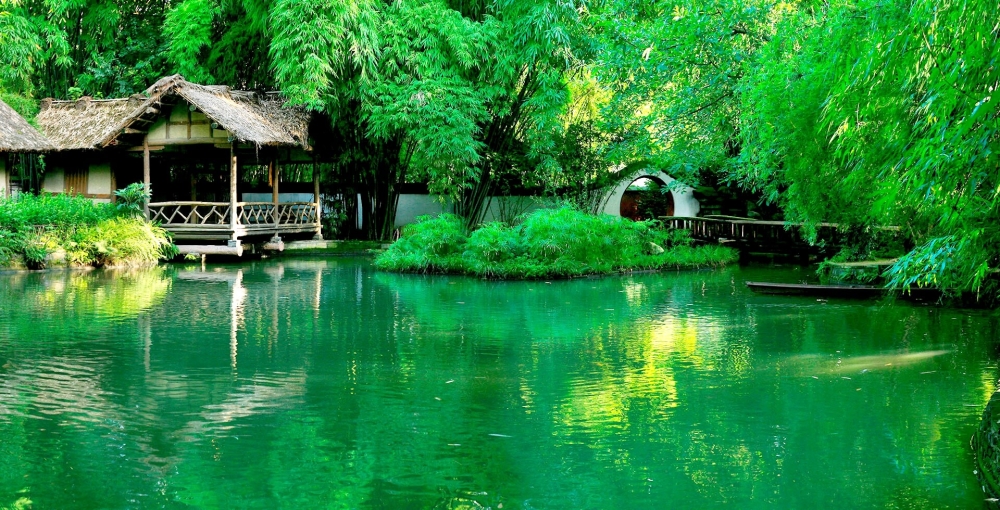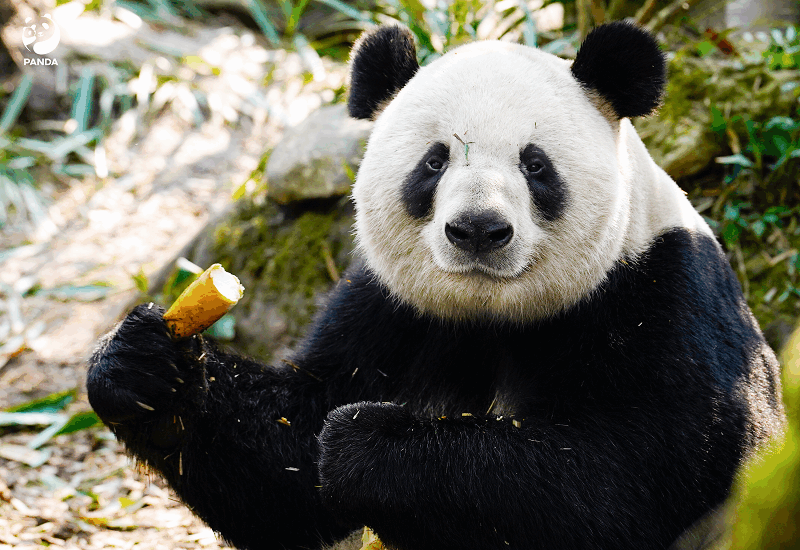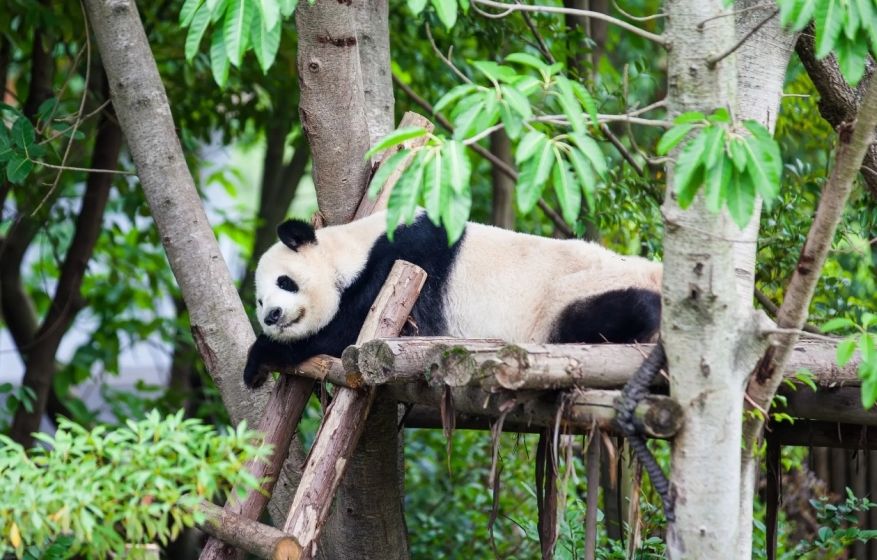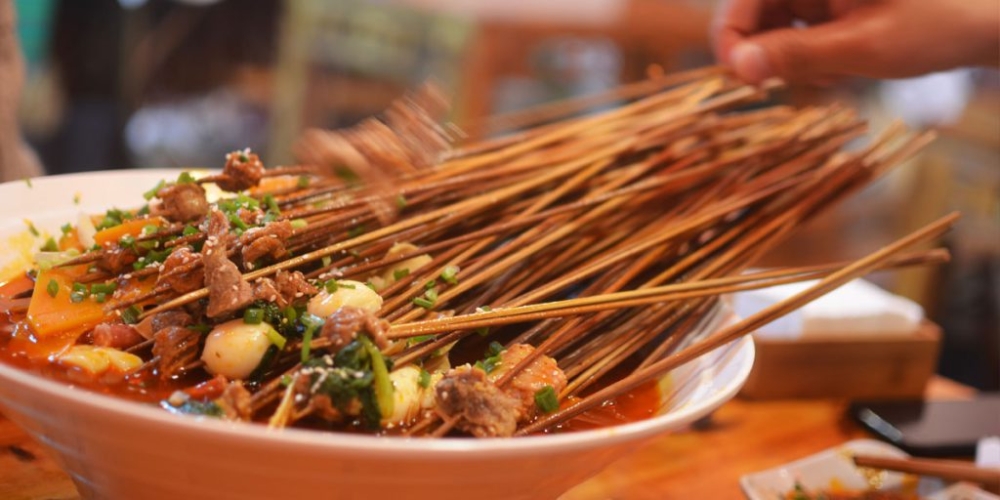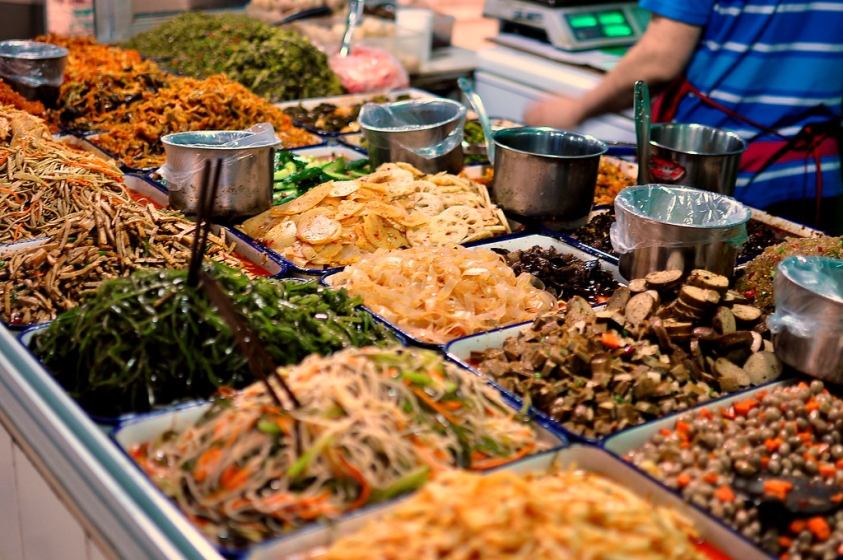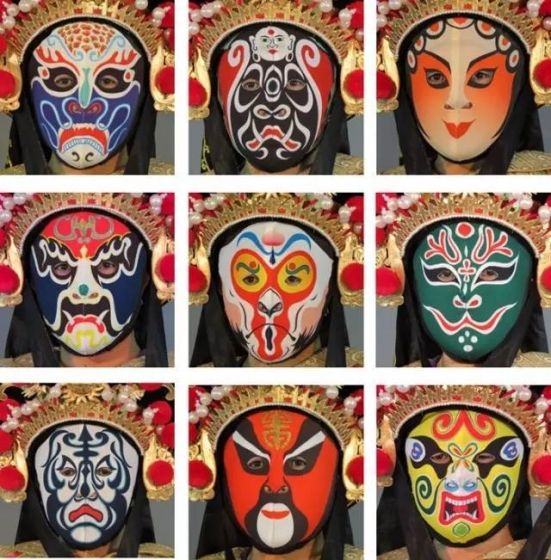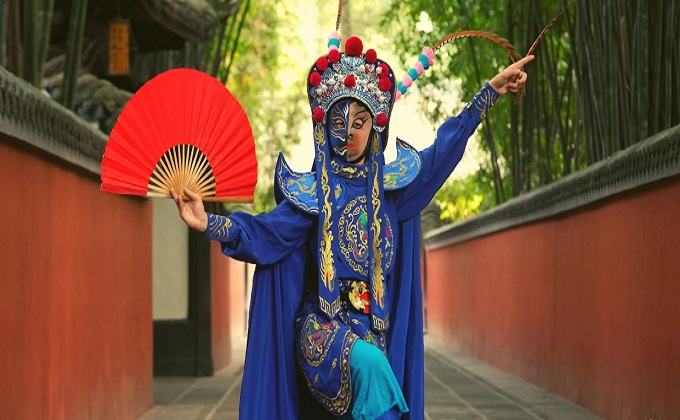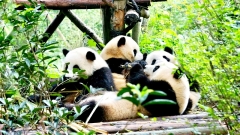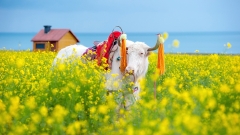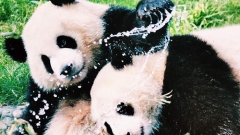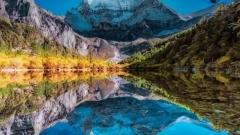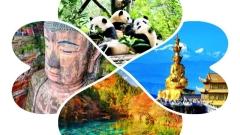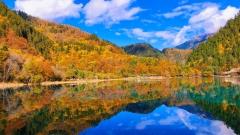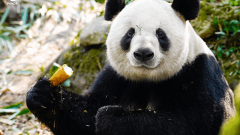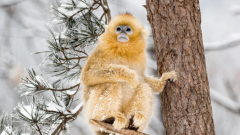Sichuan is the kind of place that rewrites what you thought you knew about China. From jade-clear mountain lakes and sacred Buddhist peaks to laid-back tea houses, world-class spicy food, and the irresistible charm of giant pandas, Sichuan rewards travelers with a huge variety of landscapes, cultures, and experiences.
Why Visit Sichuan Now
Sichuan is a single province that contains a dozen different mini-worlds. In one day you can sip jasmine tea in a serene teahouse in Chengdu, and the next day you can be hiking at a 4,000-metre mountain pass. The province blends natural wonders (crystal lakes, waterfalls, snow-capped peaks), deep religious and historical heritage (ancient temples, cliff carvings), extraordinary wildlife conservation work (giant pandas), and one of the world’s most influential cuisines. If you love food, nature, culture, or simply slow, friendly city life – Sichuan belongs on your travel list.
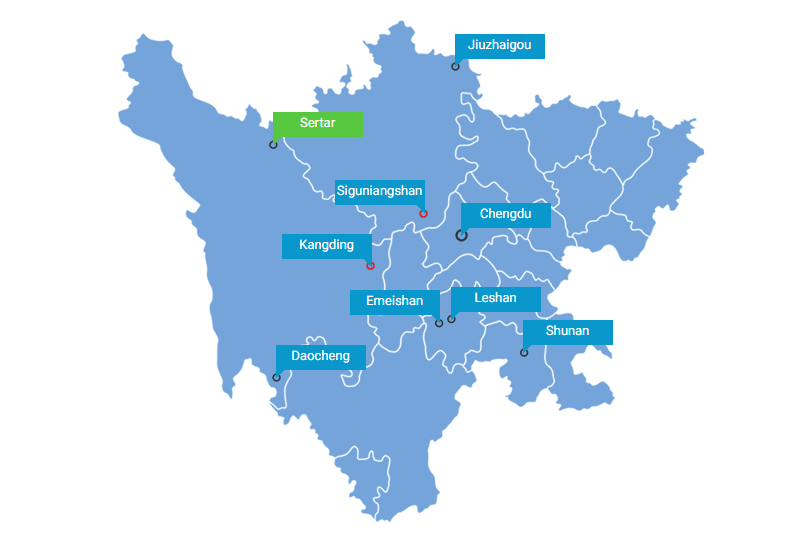
Top Destinations in Sichuan
Natural Beauty: Lakes, Waterfalls and Sacred Peaks
Jiuzhaigou: The Valley of Colorful Lakes
Jiuzhaigou is a must-see for nature lovers. This mountain valley is famous for its multicolored lakes, tiered waterfalls, and old-growth forests that change their personality dramatically with the seasons — emerald and turquoise in summer, blazing gold and crimson in autumn. The valley has been recognized for its outstanding natural value and biodiversity.
Mount Emei: Pilgrimage, Forests and Sunrise Views
Mount Emei (Emei Shan) is one of China’s Four Sacred Buddhist Mountains and offers a powerful mix of spiritual sites, cloud forests, and panoramic viewpoints. Hike or take the cable car up to the Golden Summit for dawn views that sweep across surrounding ranges and, on clear days, a sea of clouds beneath a stupendous sunrise. Mount Emei’s long religious history and scenic richness helped it receive international recognition.
Huanglong, Rivers and Hidden Gorges
Near Jiuzhaigou, the Huanglong Scenic Area is known for its terraced, mineral-stained pools and limestone formations that make it feel like a terrestrial reef of pastel pools. Elsewhere in the province you’ll find deep gorges, hot springs, and highland grasslands — perfect for slower, exploratory travel away from the crowds.
Cultural Heritage: Temples, Cliff Carvings and Ancient Towns
Leshan Giant Buddha: A Monument Carved in Stone
The Leshan Giant Buddha — carved into a cliff face where three rivers meet — is one of the most spectacular Buddhist monuments anywhere. At roughly 71 metres tall, this ancient, monumental statue dominates the river valley and rewards visitors with an unforgettable sense of scale and craftsmanship. The Leshan Buddha and Mount Emei together form a UNESCO-recognized cultural and natural complex.
Ancient Towns and Ethnic Cultures
Sichuan’s cities and towns still preserve layers of history: narrow alleys lined with carved doors, lively local markets, and small museums where pottery, folk textiles, and regional history come alive. Towns such as Zigong and various historic sections of Chengdu let you peek into everyday life in centuries past while sampling local snacks and crafts.
Giant Pandas: Conservation, Education and Close Encounters
Sichuan is the global heart of giant panda conservation. Facilities like the Chengdu Research Base of Giant Panda Breeding play a leading role in breeding, research, and public education. Visiting these centers supports conservation work and gives you the chance to see pandas in carefully managed, ethically run habitats; many centers offer educational talks that explain the species’ biology and the challenges of protecting their wild habitat.
Practical Panda-Visiting Tips
- Book tickets or reservation codes in advance during high season; many panda centers use timed entry or online booking.
- Visit in the morning when pandas are most active and before crowds arrive.
- Respect rules — do not feed, touch, or provoke animals. Centers enforce strict policies to protect panda health.
Sichuan Cuisine: Why Food Is a Highlight of Any Trip
Sichuan cuisine is globally famous for its bold, layered flavors: spicy heat, the citrusy floral numbing of Sichuan peppercorns, sour, sweet, and savory elements balanced with mastery. “Málà” (numbing-and-spicy) is only one facet of a cuisine with dozens of classic sauces, condiments, and regional techniques. Chengdu — the provincial capital — is celebrated as a UNESCO City of Gastronomy for good reason: it’s a place to eat like a local and discover new favorites on every street.
Dishes To Try
- Mala Hot Pot: A communal, bubbling pot where you cook skewers of meat and vegetables in a chili-and-aromatics broth.
- Mapo Tofu: Silken tofu in a fragrant, spicy bean paste sauce.
- Gong Bao (Kung Pao) Chicken: Stir-fried cubes of chicken with peanuts and chilies.
- Street Snacks: Dan Dan noodles, guokui, spicy rabbit head (a daring local favorite), and sweet bingfen for cooling contrast.
Tea Culture and Relaxed City Life
Chengdu’s teahouses are cultural spaces where locals meet to chat, play mahjong, and sip tea for hours — perfect for travelers who want to slow down and soak up daily life. Ya’an and several mountain districts around Sichuan also cultivate famous teas; pairing a tea stop with a stroll through a local park is a delightful way to spend an afternoon.
Arts and Entertainment: Sichuan Opera and Face-Changing
Sichuan Opera (Chuan Ju) blends music, martial arts, acrobatics, and visual spectacle. Its most famous technique, bian lian (face-changing), is a rapid mask change that happens in a blink — a jaw-dropping local art form that still astonishes first-time visitors. Catch a performance at an established theatre or, for a more intimate experience, at a teahouse that hosts traditional shows.
Sichuan Cities and Regions Not to Miss
Chengdu: The Soft-Hearted Capital
As the hub for air and rail travel in Sichuan, Chengdu is the natural starting point for many visitors. It offers easy access to panda bases, excellent dining, museums, and lively neighborhoods for nightlife and day markets. Chengdu’s pace is famously relaxed — many visitors describe it as an ideal base for both exploring and slowing down.
Western Sichuan and Tibetan-Influenced Areas
Travel west and north toward the Tibetan Plateau and you’ll encounter starkly different landscapes: high passes, nomadic culture, and monasteries clinging to cliffs. These areas offer rewarding but sometimes challenging travel — higher altitudes, longer transfer times, and a need for flexible itineraries.
Lesser-Known Gems: Mianyang, Yibin and Beyond
Industrial hubs like Mianyang hide cultural attractions and great food; Yibin, near the Yangtze’s upper reaches, offers river scenery and a proud distilling tradition. Exploring secondary cities gives you a different, less touristy picture of Sichuan life.
Practical Travel Advice (Timing, Transport, and Health)
Best Time to Visit
- Spring (April–June): Flowers, mild temperatures.
- Autumn (September–November): Clear air and spectacular foliage — especially in Jiuzhaigou and mountain areas.
- Summer: Good for highland escapes but expect rain in some areas.
- Winter: Lower crowds and good deals in cities; mountain passes can be snowy.
For crystal-clear lakes and autumn colors at Jiuzhaigou, mid- to late October is a popular choice; expect higher visitor numbers and book early.
Getting There and Getting Around
- Fly into Chengdu Shuangliu (or Chengdu Tianfu) for the fastest international connections.
- High-speed rail links Chengdu with many Sichuan cities and nearby provinces; regional flights work well for remote areas.
- Local buses, private cars and charter options are common for accessing parks and valleys where public transport is limited.
Altitude and Health Considerations
Some scenic areas rise to high altitude. Take it easy on arrival, stay hydrated, avoid strenuous hiking the first day, and consider consulting your healthcare provider if you have heart or respiratory issues.
Packing Checklist (Seasonal Suggestions)
Essentials: comfortable walking shoes, light layers + a warm jacket (temperatures can drop fast in mountains), rainproof outer layer, sunscreen, reusable water bottle, basic first aid, and any altitude medication recommended by a doctor.
Food & Comfort: anti-bacterial hand gel, stomach-friendly snacks if you’re sensitive to spicy food, and earplugs for shared accommodation.
Tech: power adapter for China plugs, a good camera with extra batteries, and an offline map app for areas with spotty service.
Go and Get An Unforgettable Sichuan Trip
If you’d like help turning any of these ideas into a worry-free itinerary, China Dragon Travel specializes in Sichuan and western China trips for international visitors. From private guides who understand photography and food priorities to tailor-made routes with comfortable transport and local cultural experiences, China Dragon Travel can craft an itinerary that matches your time, interests, and comfort level. Contact them for custom itineraries that include panda center reservations, guided cultural tours, and safe mountain transfers.



